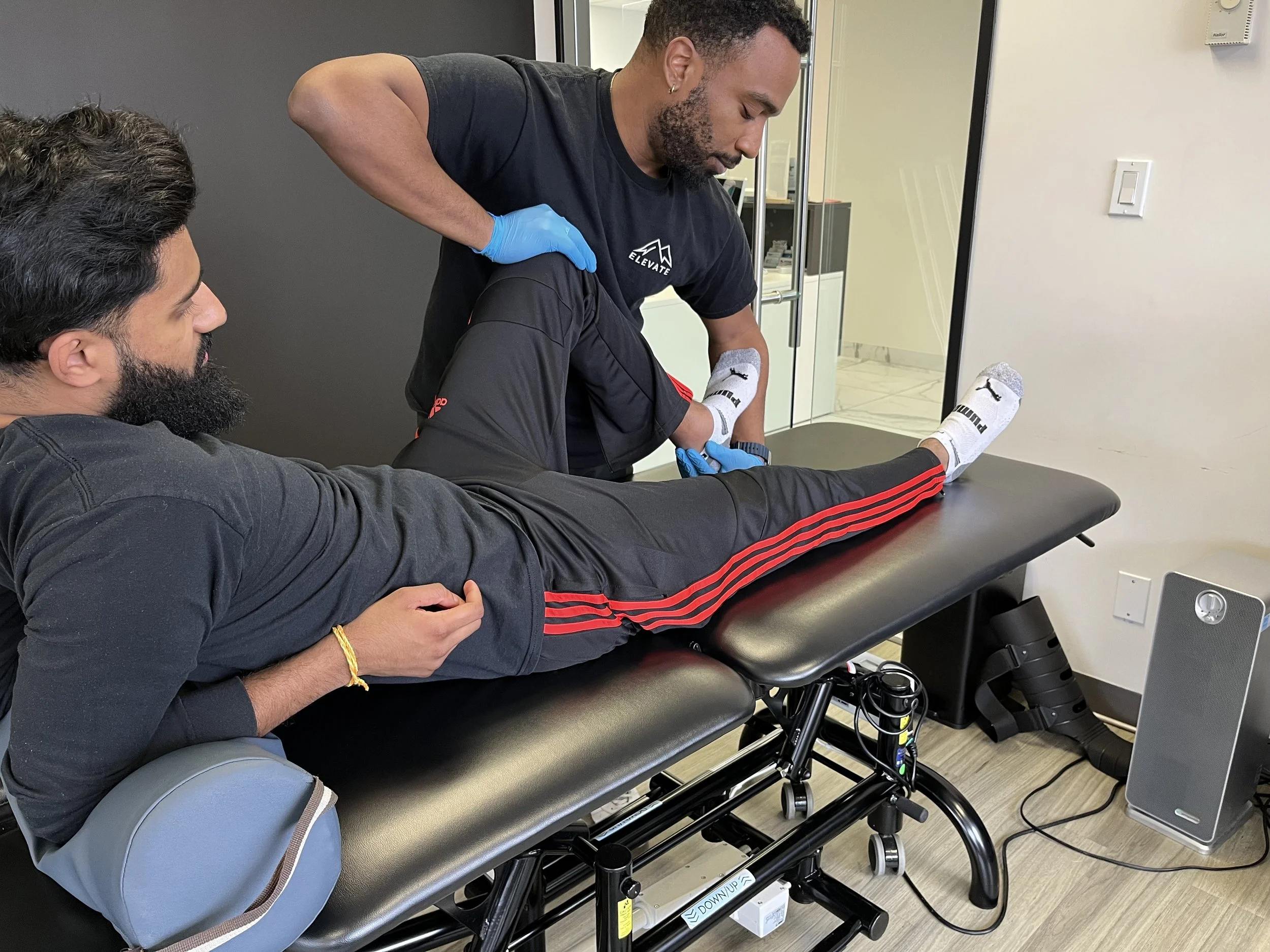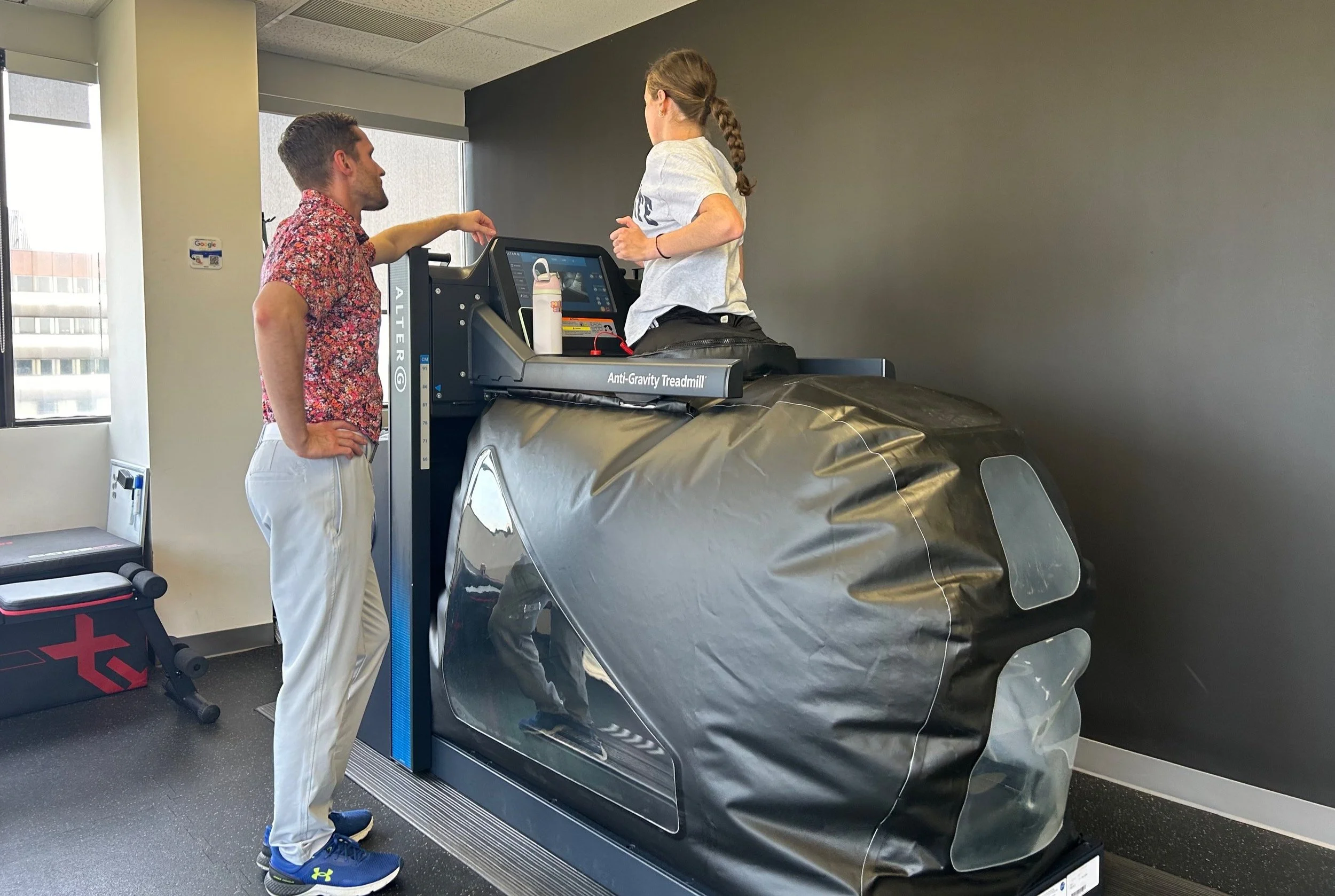A Complete Guide to Achilles Tendon Tears: What You Need to Know
The achilles tendon is the largest and strongest tendon in the human body, connecting the calf muscles to the heel bone. It plays a crucial role in walking, running, jumping, and nearly every activity that involves the lower legs. However, when the achilles tendon is overstretched or subjected to excessive strain, it can tear, often causing significant pain and limiting movement. An achilles tear is a common injury, especially among athletes, but anyone can be affected.
What Is an Achilles Tear?
An achilles tear occurs when the tendon fibres are partially or completely ruptured. The injury typically happens during sudden, intense activities like sprinting, jumping, or abrupt changes in direction.
There are two main types of achilles tendon injuries:
Partial Tear: The tendon is damaged but not completely severed. You may still have some function in your foot and ankle, but it will be painful and limited.
2. Complete Rupture: The tendon is fully torn, making it impossible to use the affected foot or leg in the normal range of motion.
What Causes an Achilles Tear?
An achilles tear typically occurs due to:
Sudden Movements or Overuse: Sports involving sprinting, jumping, or quick changes in direction increase the risk.
Age and Degenerative Changes: Tendons become less flexible as we age, making them more prone to injury.
Previous Injury: Past achilles issues can weaken the tendon, raising the risk of re-injury.
Tight Calf Muscles: Limited calf flexibility can increase stress on the tendon, contributing to tears.
Symptoms of an Achilles Tear
Symptoms of an achilles tear include:
Sudden Sharp Pain: Often described as a "pop" or "snap" in the back of the ankle.
Swelling and Bruising: Around the heel and ankle.
Limited Mobility: Difficulty walking or moving the foot, especially upward.
Weakness: Calf muscles feel weak, and pushing off is painful or impossible.
Treatment Options for an Achilles Tear
1. Conservative (Non-Surgical) Treatment
For partial tears or less severe ruptures, non-surgical treatments can be effective. These typically include:
Rest and Ice: Resting the affected leg and applying ice to reduce swelling is crucial in the first few days after the injury.
Immobilization: Using a walking boot or cast can help keep the ankle in a position that allows the tendon to heal. The boot may be set at a slight downward angle to help the tendon heal in a stretched position.
Physiotherapy: Once the initial pain and swelling subside, physiotherapy can help restore strength, flexibility, and function. A physiotherapist will guide you through exercises to gradually load the tendon and promote healing.
2. Surgical Treatment
For complete ruptures or severe partial tears, surgery is often recommended. Surgical options include:
Open Surgery: The tendon is repaired by making a small incision at the back of the ankle.
Minimally Invasive Surgery: A smaller incision is made, and the tendon is repaired using specialized instruments. This technique may result in faster recovery and less scarring.
After surgery, the leg will typically be immobilized for several weeks to allow the tendon to heal. Rehabilitation through physical therapy will be crucial in regaining strength and mobility.
3. Recovery and Rehabilitation
Whether you opt for conservative treatment or surgery, rehabilitation is a critical part of the healing process. During rehabilitation, you’ll work on:
Range of Motion: Restoring flexibility and movement to the ankle and foot.
Strengthening: Building up the calf muscles and achilles tendon to support future activity.
Gradual Return to Activity: Your rehabilitation program will likely include a gradual return to sports and high-intensity activities to prevent re-injury.
Recovery time can vary depending on the severity of the tear, but it generally takes several weeks to months before you’re able to return to normal activity. Full recovery from an achilles rupture can take anywhere from 4 to 12 months, depending on the treatment approach.
4. Incorporating the AlterG Anti-Gravity Treadmill
One of the key tools that can assist in rehabilitation for an achilles tear is the AlterG Anti-Gravity Treadmill. This treadmill uses air pressure technology to reduce your body weight, allowing you to walk or run with less impact on the injured achilles tendon. This can be particularly beneficial in the early stages of recovery, as it allows for:
Early Weight-Bearing: The AlterG treadmill allows you to gradually begin putting weight on your leg, promoting healing without putting excessive strain on the tendon.
Pain-Free Exercise: The reduction in body weight helps ease pain during exercise, allowing you to maintain cardiovascular fitness and prevent de-conditioning while you recover.
Safe Mobility: Using the AlterG, you can perform walking or running motions at reduced weight, which helps restore proper gait and mobility without the risk of overloading the tendon too early.
Back on Your Feet: The Comeback Starts Here!
An achilles tear can be a painful and debilitating injury, but with proper understanding and treatment, it’s possible to make a full recovery. Whether you’re an athlete or simply active, knowing the causes, symptoms, and treatment options for an achilles tear can help you make informed decisions about your recovery. If you suspect you have an achilles tear, seeking immediate medical attention is essential for the best outcome.
If you’re dealing with this injury, or just want to learn more about how to prevent it, don’t hesitate to consult with a healthcare professional or physiotherapist. They can guide you through a recovery plan tailored to your needs, so you can get back to doing what you love.
📍 710 Dorval Dr Unit 520, Oakville, ON
📞 (289) 835-2949
💻 https://www.elevaterehabilitation.com/



